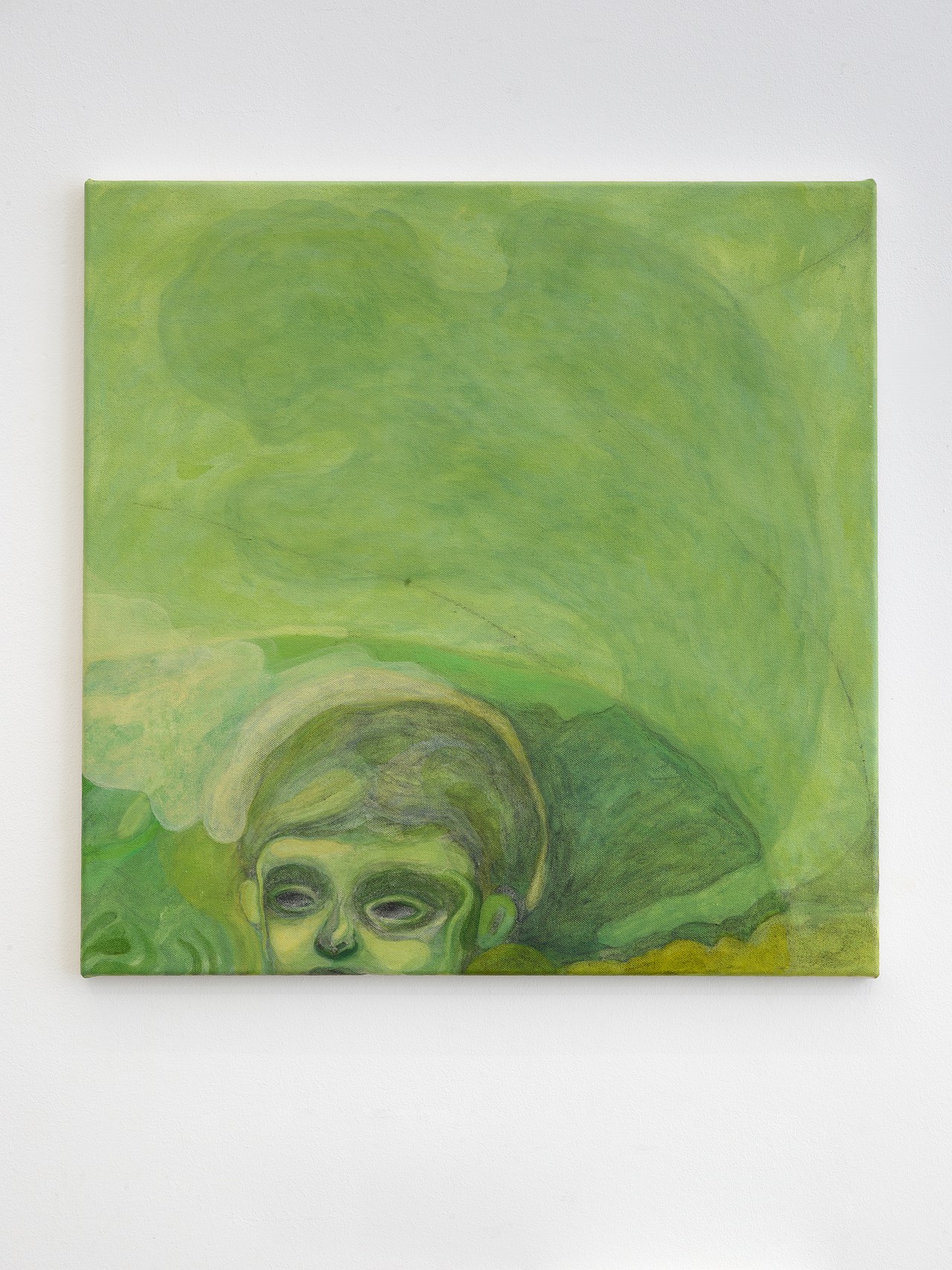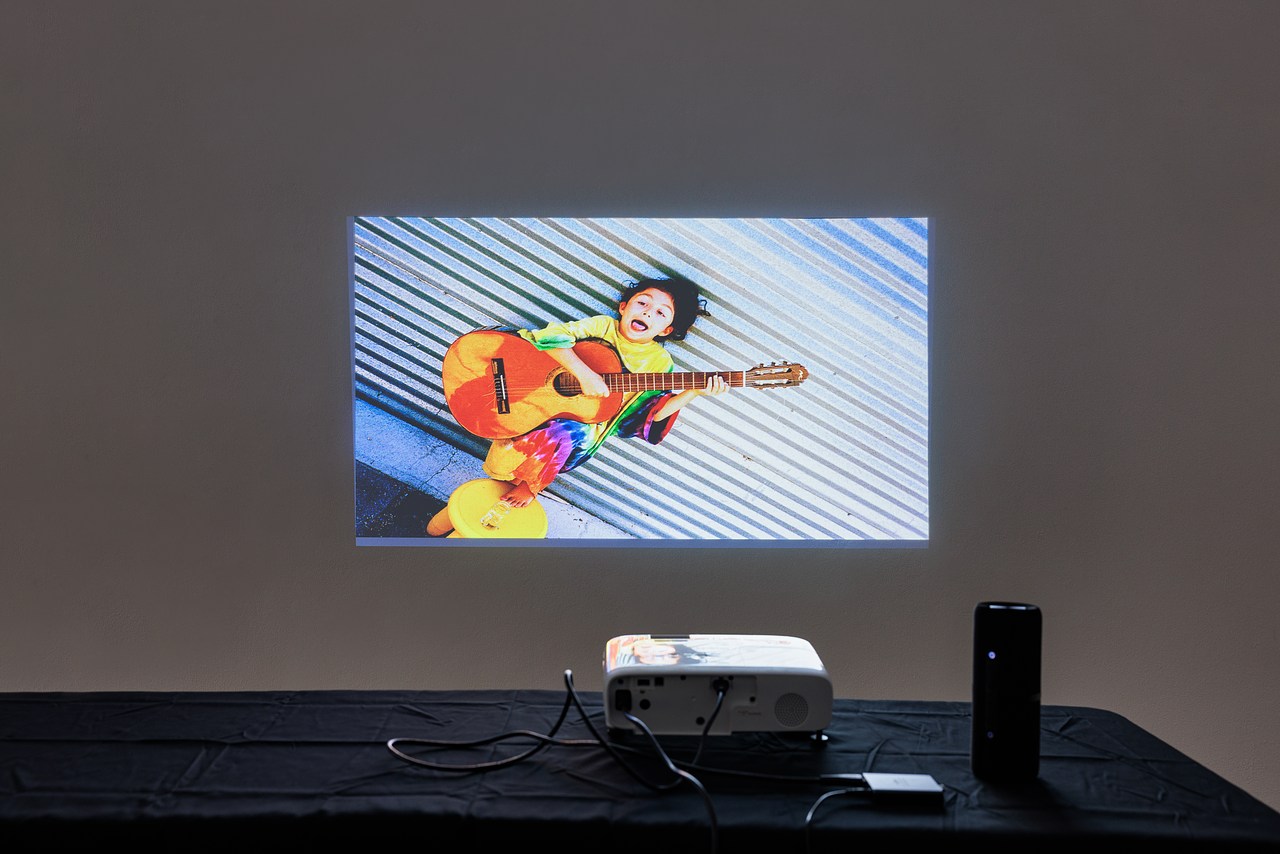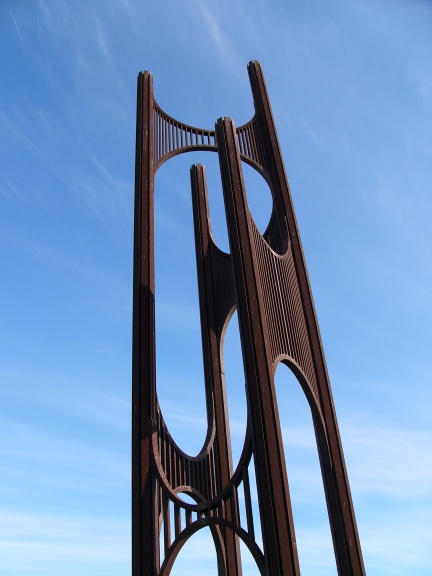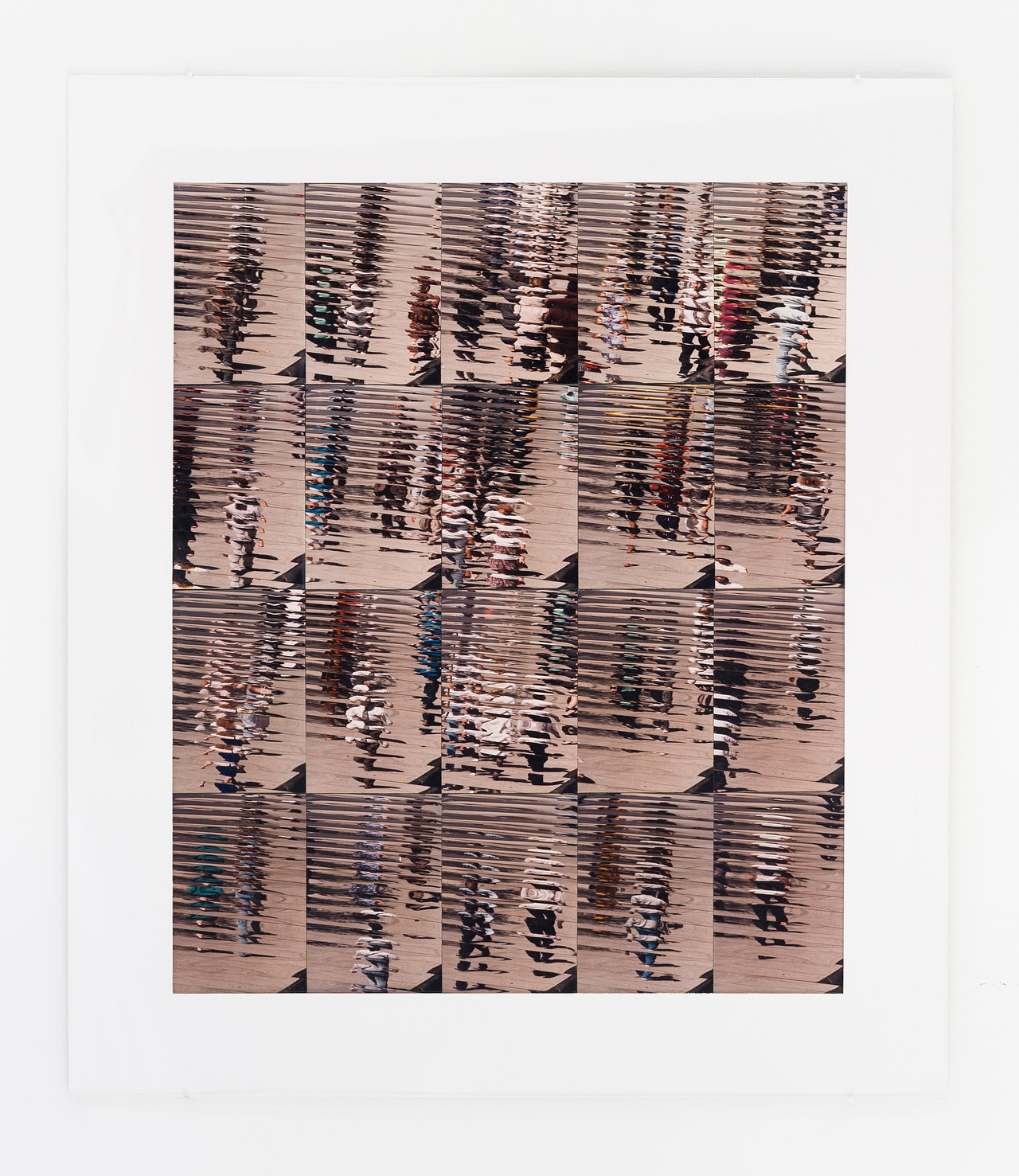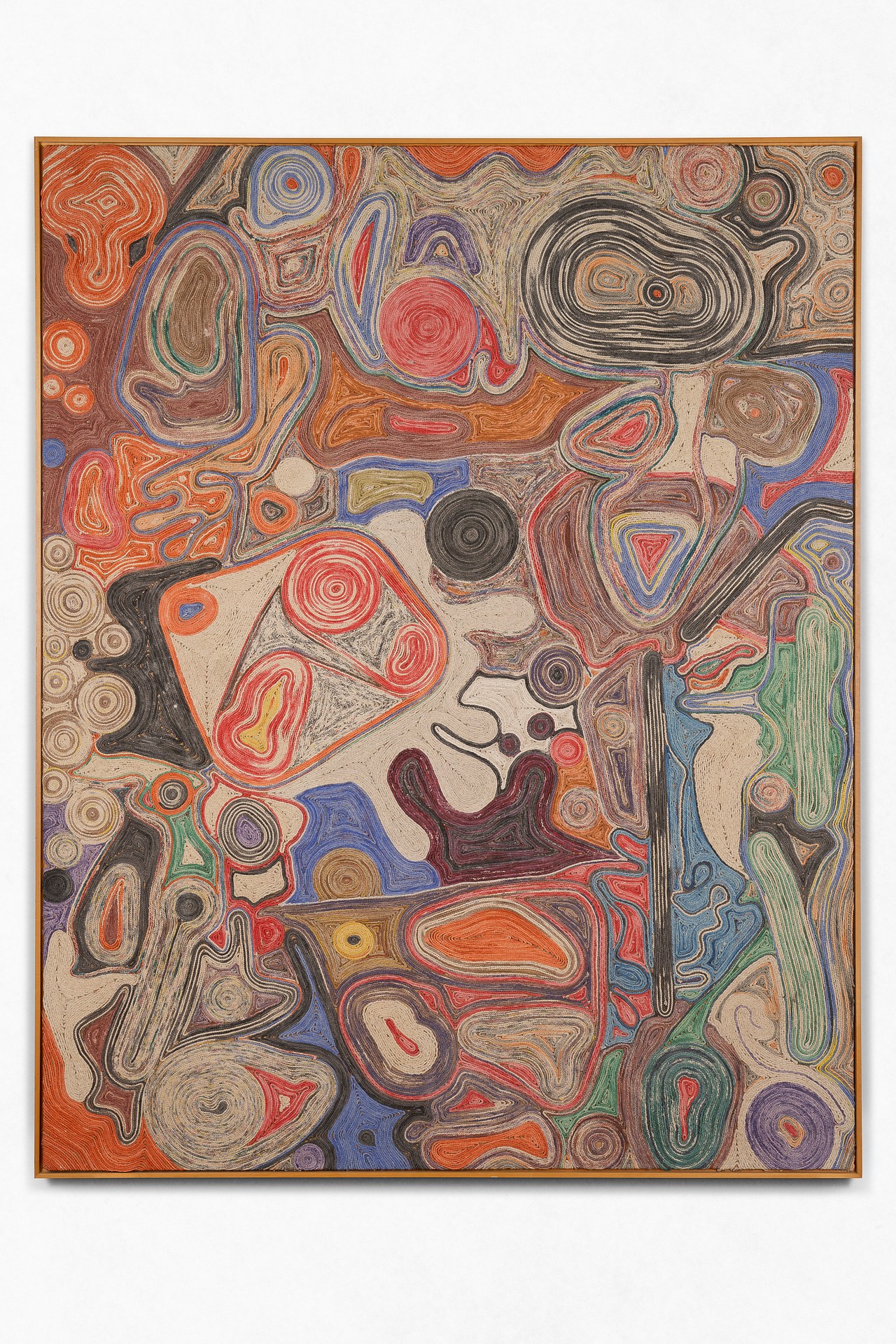Wind Harp, a twenty-eight-meter Aeolian harp and public sculpture designed by Lucia and Aristides Demetrios and constructed in 1967 on a hilltop industrial park in South San Francisco. Photograph by Jef Poskanzer, 2005. Courtesy of Wikimedia Commons, CCO 2.5.
Right after ChatGPT was made publicly available, people kept sending Nick Cave algorithmically generated song lyrics in the style of Nick Cave. At first, he tried to ignore them, but they kept arriving. Dozens of them. After reading one that featured a chorus with the refrain “I am the sinner, I am the saint / I am the darkness, I am the light,” Cave felt compelled to respond with an open letter published on his personal website. “This song sucks,” the former punk musician begins. Real songwriting arises from the “internal human struggle of creation,” a process that “requires my humanness.” “Algorithms don’t feel” and cannot participate in this “authentic creative struggle.” Therefore, ChatGPT’s poetry will forever suck, because no matter how closely the lyrics replicate Cave’s own, they will always be deficient.
In Cave’s weltanschauung, as laid out in the letter, the machine is a priori precluded from participating in the authentic creative act, because it is not, well, human. If this argument sounds hollow and slightly narcissistic, that’s because it is. It follows a circular logic: humans (and Nick Cave) are special because they alone make art, and art is special because it is alone made by humans (and Nick Cave). His argument is also totally familiar and banal—a platitude so endlessly repeated in contemporary discourse that it feels in some way hard-baked into the culture. According to historians of ideas (see Arthur Lovejoy, Isaiah Berlin, Alfred North Whitehead), this thesis took form sometime in the second half of the eighteenth century. A brief and noncomprehensive summary: to preserve human dignity in the face of industrialization, philosophers and poets, who were later called the Romantics, began to redraw ontological boundaries, placing humans, nature, and art on one side, and machines, industry, and rationalism on the other. Poets became paragons of the human, and their poems examples of that which could never be replicated by the machine. William Blake, for instance, one of Cave’s heroes, proposed that if it were not for the “Poetic or Prophetic character,” the universe would become but a “mill with complicated wheels.”
These may have been radical ideas in the late eighteenth century, edgy ripostes to an Enlightenment discourse that had grown stale with its own self-assurance. But two centuries later, the versions of this argument that we have seen play out in response to corporate-manufactured AI hype come across as stale, self-aggrandizing, and distinctly conservative. It also does a disservice to Romanticism’s intellectual legacy, which offers a far more nuanced conception of creativity than Cave’s. In fact, within the Romantic canon there is a metaphor concerning how poetry is made that casts the poet not as an emoting, suffering, conscious being set apart from the inanimate world but as an instrument that takes sensory input and translates it, via some internal mechanism, into poetry. In other words, a kind of machine.
***




